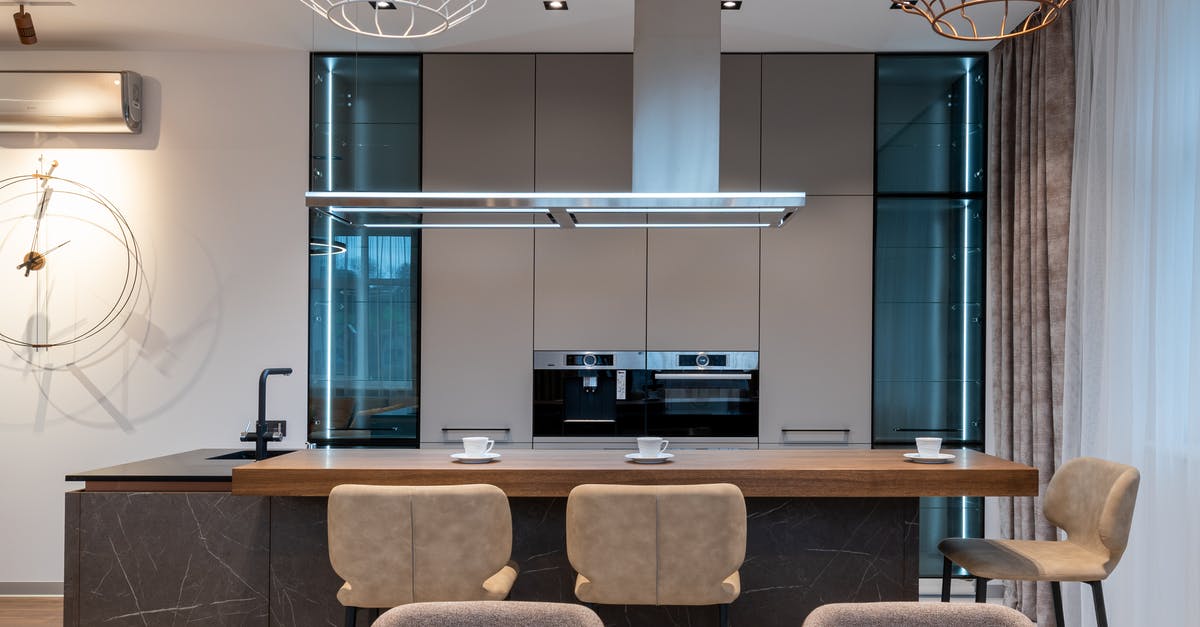Getting veggies to go soft in the oven

A few times now I've been cooking vegetables like butternut squash, sweet potatoes or normal potatoes in the oven and it took ages to get them to soften up.
Usually by the time the recipe says they should be done most pieces are still of the same consistency as when they were raw. Last time (sweet potato, convection 175°C) it took me over an hour to achieve a mostly satisfactory result when the recipe claimed it would take half that time...
So what am I doing wrong? More temperature? More or less stacking? More oil/liquid?
Edit: Yes. Temperature in the recipe and the stove are Celsius. I've cut the sweet potatos into slices of about 0.5-1cm as the recipe called for thick slices. Maybe that's too thick? They were mostly spread out with a bit of overlapping. The recipe taking longer is not a problem in itself but anoying if it's 9 o'clock in the evening and you're still waiting for your dinner...
Update 2: I've retried the recipe last night with the oven at 200 °C the whole time. I've noticed significantly more sizzling after the first phase (20 minutes under the aluminum foil). It took about 20-25 instead of the "official" 15 minutes in phase 2 (without the foil) and was now perfect.
I'm considering a few more changes to the recipe for next time (like extending the steaming time or raising the temp a bit more) but, in essence, raising the temperature did the trick. So I've accepted the answer. Thank you all!
Best Answer
More temperature?
If after an hour they haven't softened up at all, and this occurs with different vegetables (so you're certainly not just encountering a batch of old, dried out gourds or something,) the problem is almost certainly an inaccurate oven thermostat. Oven thermostats are notoriously unreliable. Get an oven thermometer and see what temperature your oven really is.
More or less stacking?
for even cooking and optimal browning, you should arrange your vegetables in one layer on the tray. If this were the primary problem, the vegetables on either the top, bottom, and/or in the middle (depending on the intensity and direction of your heat source) would be undercooked while the more exposed parts would be more cooked.
More oil/liquid?
Note, oil and water based liquids affect cooking very differently. Water-based liquids will get the vegetables to soften more quickly than oil because water transfers heat more efficiently than oil, and it can turn to steam which is a good medium for spreading heat evenly on an uneven surface (such as a pile of chopped vegetables.) It also kills any possibility of browning because water doesn't get hotter than 212. Just because it's in the oven, it doesn't mean you aren't steaming your vegetables rather than roasting them. There's nothing wrong with steamed veg, but that's a very different end-product than roasted veg. More oil will create more crispiness, but a thin, even coating over all of the vegetables should be the only thing you need to roast them properly.
Now, about that recipe: 175 is low for roasting those types of vegetables. Even without par-boiling/steaming them (which lets you finish them at a higher temperature for more even browning and crispiness,) I'd still go with something around 220. That said, even if the cut vegetables were heavily refrigerated, you still shouldn't be waiting hours for them to soften up if your oven was actually 175. Get an oven thermometer!
Good luck, and happy roasting!
Pictures about "Getting veggies to go soft in the oven"



Quick Answer about "Getting veggies to go soft in the oven"
The Oven Temp Is Too Low A low-and-slow cooking technique is excellent for vegetables like carrots, beets or potatoes that you plan to puree into soup. But, they'll turn out soft and soggy instead of crispy and caramelized. The solution: Turn the oven temperature up to 400°F to 425°F.How do you soften vegetables in the oven?
To get the tender, silky texture you're looking for, drizzle on about 1 tablespoon of oil per pound of uncooked vegetables. The sweet spot is between 400\xb0F and 425\xb0F. Go any higher, and the outside of your veggies will start to burn before the inside has a chance to cook through.How long does it take to soften vegetables in the oven?
Remove vegetables as they soften and become evenly charred. All vegetables will be ready in about 20-25 minutes, depending on how crunchy or soft you like them.How do you soften vegetables for cooking?
Wash vegetables and slice into pieces about the same size. Place vegetables in a saucepan, add enough salted water to cover. Place lid on saucepan, bring to the boil as quickly as possible, reduce heat and simmer gently until tender when tested with a skewer, point of a knife or fork.How do you cook vegetables by making them just enough to soft?
Steaming is one of the quickest, easiest, and healthiest ways to prepare fresh vegetables. It takes only a few minutes and requires no oil or fat. Simple steam from a pot of boiling water cooks vegetables until just tender, while helping to retain their unique, natural flavors.EASY OVEN ROASTED VEGETABLES RECIPE
More answers regarding getting veggies to go soft in the oven
Answer 2
For hard starchy veggies like potatoes, sweet potatoes, etc., it's a good idea to first boil them whole to get them fairly soft. Then slice or chop them, and bake them in the oven. Make sure the bottom of the baking sheet is oiled and that you don't layer the vegetables. They should be distributed evenly across the pan in a single layer. Then drizzle oil on top (and seasoning if you prefer). As long as you don't overlook, they should turn out soft on the inside and golden-browned with some crisp on the outside.
Sources: Stack Exchange - This article follows the attribution requirements of Stack Exchange and is licensed under CC BY-SA 3.0.
Images: Max Vakhtbovych, Max Vakhtbovych, Max Vakhtbovych, Max Vakhtbovych
